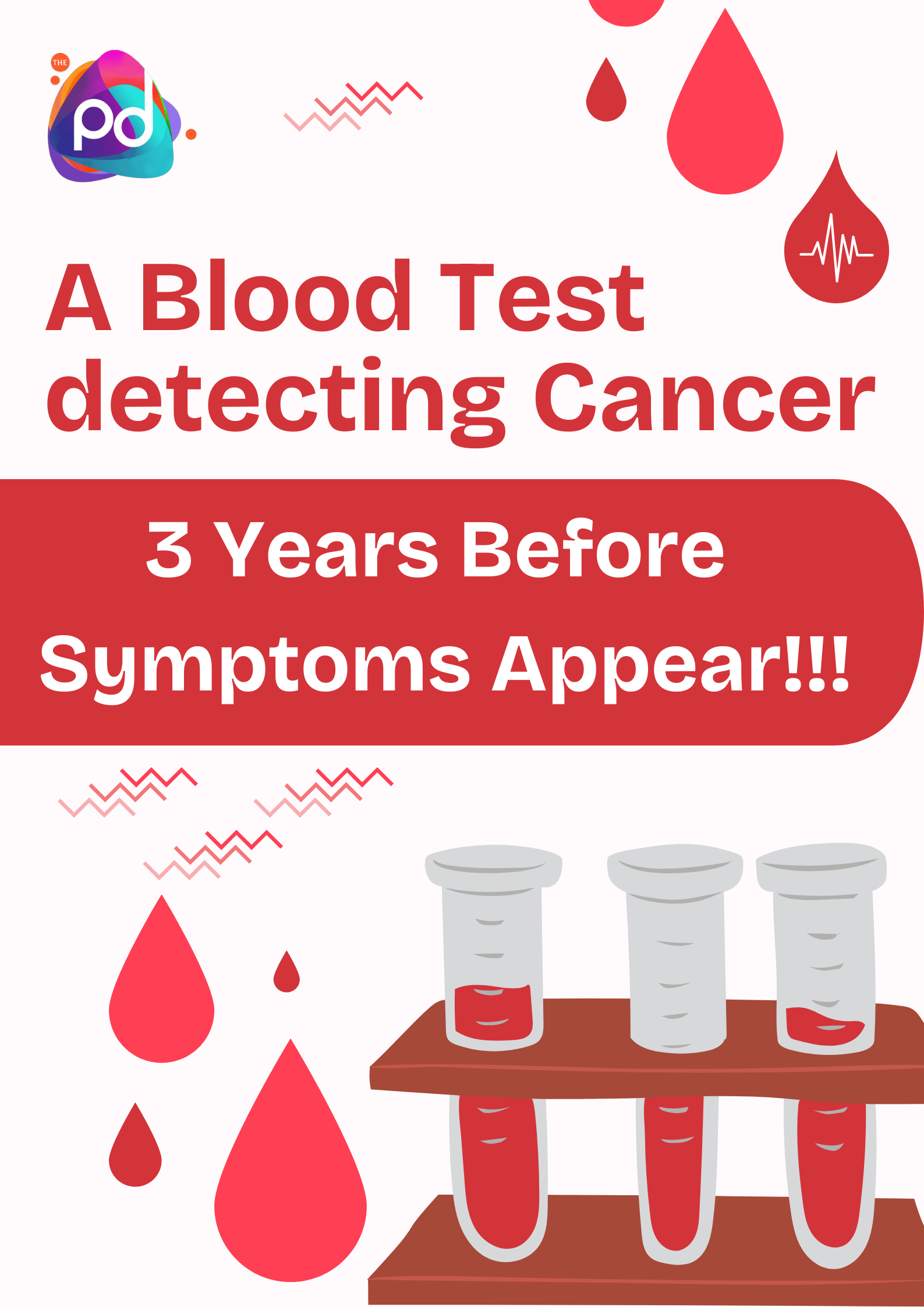World Hepatitis Day 2025 – Let’s Break It Down
The Use of AI and Machine Learning in Medical Coding
Introduction: Current State and Challenges of Medical Coding
Medical coding plays a crucial role in the healthcare sector by translating patient diagnoses, procedures, and services into standardized codes. This essential process ensures accurate billing, facilitates efficient claims processing, and supports healthcare analytics. However, the industry faces significant challenges due to the sheer complexity of the coding systems and the ever-evolving nature of medical terminology. Moreover, the reliance on manual coding often leads to errors and inefficiencies that can delay reimbursements, undermine patient care, and increase operational costs.
AI and Machine Learning Revolutionizing Medical Coding
The emergence of AI and machine learning technologies is revolutionizing the field of medical coding by streamlining processes, improving accuracy, and reducing coding errors. These advanced technologies can analyze large volumes of unstructured medical data to identify key terms and concepts, facilitating more precise code assignment.
Applications of AI and Machine Learning in Medical Coding
-
Natural Language Processing (NLP): NLP, a subset of AI, is employed to interpret and extract meaningful information from unstructured medical records, enabling accurate and automated coding. By converting clinical notes into standardized codes, NLP minimizes the chances of human error and enhances productivity. For instance, 3M’s CodeAssist solution leverages NLP to help coders quickly and accurately identify medical codes from clinical documentation.
-
Computer Vision: In radiology and imaging, computer vision algorithms analyze images and automatically assign appropriate codes based on recognized patterns. This helps radiologists and coders save time and ensure accurate coding of radiological diagnoses. Organizations like Zebra Medical Vision use AI algorithms to read imaging data, which simplifies coding and improves efficiency.
-
Predictive Analytics: Predictive analytics tools analyze historical coding data to identify potential coding errors or anomalies, assisting auditors in prioritizing their reviews. By identifying patterns in coding errors, healthcare organizations can proactively address areas of concern. Optum's predictive analytics tools help healthcare organizations audit claims more effectively and reduce revenue losses.
Benefits of Implementing AI and Machine Learning
-
Enhanced Accuracy: AI-powered coding systems consistently achieve higher accuracy than manual coding, reducing errors and ensuring compliant billing.
-
Increased Efficiency: Automation significantly speeds up the coding process, allowing medical coders to focus on complex cases and quality assurance.
-
Cost Savings: Reducing errors and improving efficiency leads to fewer denied claims, faster reimbursements, and lower administrative costs.
-
Better Compliance: Automated coding systems can easily adapt to coding guidelines and regulatory changes, ensuring consistent compliance.
Limitations and Challenges
-
Data Quality and Availability: AI models require large, high-quality datasets for training. Inconsistent or incomplete medical records can hinder their performance.
-
Initial Costs and Training: Implementing AI solutions can be costly initially, and staff will need comprehensive training to integrate new workflows.
-
Ethical and Regulatory Concerns: The use of patient data and algorithm transparency must comply with strict privacy regulations to ensure ethical use.
-
Resistance to Change: Healthcare organizations may face resistance from staff accustomed to traditional coding methods.
The Future of AI-ML in Medical Coding
As AI and machine learning technologies mature, their impact on medical coding will continue to grow. Future developments could include the integration of AI-augmented decision support, more precise predictive analytics, and fully autonomous coding systems.
Actionable Insights for Healthcare Organizations
-
Assess Current Coding Processes: Conduct an internal audit to identify areas where AI solutions could streamline operations and reduce errors.
-
Start with Small-Scale Pilots: Begin with limited pilots to evaluate AI solutions' effectiveness before rolling them out across the organization.
-
Prioritize Staff Training: Invest in training for medical coders and IT staff to ensure smooth adoption and optimal use of new technologies.
-
Collaborate with Technology Providers: Engage with reputable AI solution providers to customize tools that meet specific coding needs.
-
Monitor and Evaluate: Continuously monitor the performance of AI-ML systems to refine their accuracy and effectiveness over time.
By strategically adopting AI and machine learning in medical coding, healthcare organizations can significantly enhance their coding accuracy, compliance, and operational efficiency.
Key Takeaways for Effective Implementation
-
Collaborative Approach:
Successful implementation of AI-ML in medical coding requires a collaborative approach between IT departments, coding teams, and solution providers. This ensures that the selected technology aligns with both business and clinical objectives. -
Custom Solutions Over Generic Models:
Generic AI models often struggle to understand the nuances of specific clinical workflows. Tailoring the AI-ML models to your organization's specific needs will lead to more accurate and reliable results. -
Change Management:
Introducing AI-ML technologies will disrupt established workflows. Establishing a robust change management plan is crucial to gain staff buy-in and ensure seamless adoption. -
Continuous Improvement:
Regular evaluation and fine-tuning of AI models are necessary to keep them updated with evolving clinical practices, coding guidelines, and compliance standards. -
Data Governance and Security:
Ensure that your organization follows best practices for data governance to maintain patient confidentiality while allowing the safe sharing of clinical data.
Conclusion
AI and machine learning are transforming medical coding by enhancing accuracy, efficiency, and compliance. Despite challenges like data quality, initial costs, and change management, the potential benefits are significant. By starting with small-scale pilots, training staff, and continuously refining AI models, healthcare organizations can leverage these technologies to build a streamlined and error-resistant coding system. This will not only optimize reimbursement but also improve overall operational efficiency and patient care. Organizations that proactively invest in these emerging technologies will find themselves well-positioned to tackle the evolving complexities of healthcare coding.












